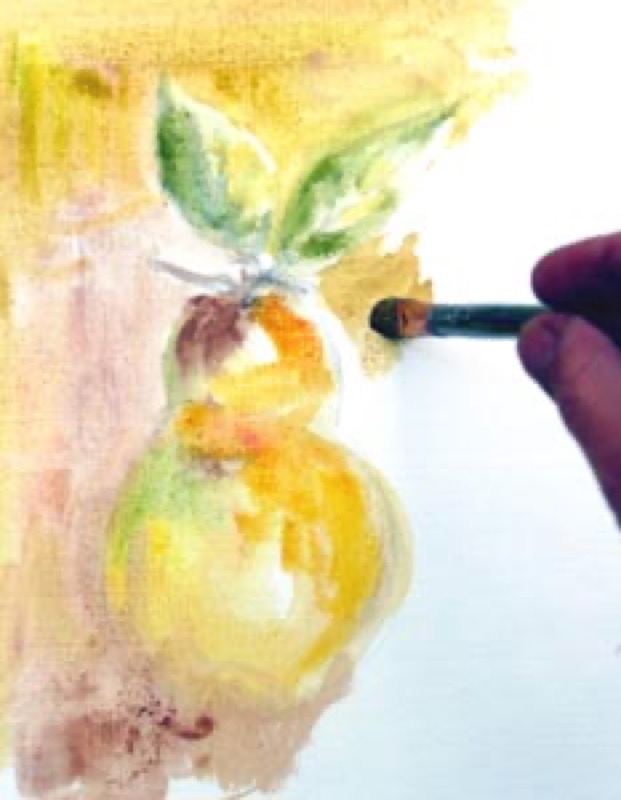Due to the thick, greasy consistency of oils, and to its very long drying time, oil painting requires greater mastery than water-based techniques. Preparation is necessary for the colors to come out fluid, luminous and resistant.

1. Colored background: a first, very diluted layer of color
The background should be well prepared, because it will receive many layers of paint. The first layer should be thin and well diluted, to ensure excellent adhesion and reveal the luminosity of the paints that will be covering it. Two options:
- Highly dilute the paint with spirits of turpentine or white spirit, to decrease the proportion of oil in it and make it more fluid. Wait for the layer to be thoroughly dry before applying the next one.
- Use paint that does not contain oil, such as acrylic: it has the advantage of very fast drying.

2. Color layers: the thick on thin rule
For paint to dry without cracking and colors to be bright, the golden rule of painting is thick on thin: each succeeding layer should have slightly more oil than the previous one. The first ones should therefore have little oil and the following ones be richer and richer.
- How is this accomplished? Dilute the first layer of color with a medium composed of a mixture of about 60% linseed oil and 40% spirits of turpentine. Increase the proportion of linseed oil with each layer. When you get to the final layer, mix your paints with 100% linseed oil.
- The medium also accelerates the drying time between the layers, varies the brilliance and transparency of colors, alters the texture of the paint between fluid and thick, and helps it resist aging. Now, figure out the proportions of medium and paint that work for you: go ahead and create your own combinations!
- Allow the paint to dry thoroughly before covering it: that way, you can keep the colors from mixing with the ones in the next layer and from getting dirty.
Getting it right: Mixing the medium with the color
- Dip the tip of your paintbrush in the medium.
- Pick up a little paint on the end of the bristles.
- Blend on the palette with a back and forth or circular motion.
Note that the consistency of the paint changes, so it spreads a lot more easily on the surface.
Keep in mind
You can add medium to the paint while applying a mixed color, but not while preparing the mixture.
Recommended product:
Graduate Oil and Acrylic
